“Global Threads: The Art and Fashion of Indian Chintz” at Saint Louis Art Museum
“Floral overdress (robe a la francaise) and matching petticoat, lined with silk and adorned with silk trim”, c.1770; textile: Indian for European market; likey construction: French; cotton, painted mordants and resist and dyes, glazed, silk lining, silk trim; Royal Ontario Museum, Holt-Renfrew Fund ROM959.80.A-B; © Royal Ontario Museum, Photo: Brian Boyle
ST. LOUIS —The Saint Louis Art Museum next month will present “Global Threads: The Art and Fashion of Indian Chintz,” an exhibition that reveals how an innovative and often beautiful textile revolutionized fashion, industry and global trade.
Over several centuries, Indian artisans perfected complex methods for producing dyes and mordants to create painted and printed cloth in a spectrum of fade-resistant colors. Starting in the 17th century, these often brilliant and intricately designed textiles became known as chintz, and consumers worldwide were captivated by the lavish fabric.
The exhibition features a range of historic and contemporary textiles, including dresses and other garments displayed on mannequins. Other textiles—including rare fragments of early examples of chintz—will be displayed flat for visitors to appreciate their bold and elaborate designs. Largely drawn from the collection of Indian chintz at the Royal Ontario Museum in Toronto, the exhibition also features works from private collections and complementary objects from the Saint Louis Art Museum’s collection, including a chintz-inspired Japanese dish and a 19th-century American quilt with chintz design.
Footed Dish with Design of Chintz-Style Patterns, Edo period, 1615–1868, late 17th century, Arita ware, Nabeshima type; porcelain with underglaze cobalt blue and overglaze polychrome enamel decoration. Saint Louis Art Museum, William K. Bixby Trust for Asian Art, 142:1959.
Chintz Medallion Quilt, American, c.1830. Cotton. Saint Louis Art Museum, Gift of Richard and Suellen Meyer, 34:2016.
In addition to displaying a wide range of chintz textiles made in India for various international markets, “Global Threads” includes a selection of European and American dress and furnishing textiles inspired by these fabrics. It also highlights contemporary Indian chintz artists who continue to advance this art form but with a deep concern for environmental responsibility and sustainable practices.
“Global Threads” will remain on view through Jan. 8, 2023.
This exhibition is produced and circulated by ROM (Royal Ontario Museum), Toronto, Canada.
“Global Threads: The Art and Fashion of Indian Chintz” is curated by Sarah Fee, senior curator of global fashion and textiles at the Royal Ontario Museum. The presentation in St. Louis is co-curated by Philip Hu, curator of Asian art at the Saint Louis Art Museum, and Genevieve Cortinovis, the Andrew W. Mellon Foundation Assistant Curator of Decorative Arts and Design at the Saint Louis Art Museum.
“Wall of Bed Hanging (Palampore) with Japanese-inspired Imagery”; Indian for European market; Royal Ontario Museum ROM963.1.3; © Royal Ontario Museum, Photo: Tina Weltz.
Made by M. Kailasham; “Sari with the Scene of Crossing the Ganges River from the Epic Poem the Ramayana”, 2018; cotton, painted mordants and dyes; Royal Ontario Museum, made possible with the generous support of the Textiles Research and Acquisitions Endowment Fund ROM2019.60.1; © Royal Ontario Museum, photo: Paul Eekhoff.
“Woman's Jacket (Wentke) with Flowers and Phoenixes”, c.1700s; textile: Indian for European market; construction and trim: Dutch; cotton, painted mordants and resist; Royal Ontario Museum ROM962.107.2; © Royal Ontario Museum, Photo: Brian Boyle
“Ceremonial Body Wrapper (Dodot) or Banner with a Large Sunburst (Matahari)”, c.1700s; Indian for Sumatran market; cotton, painted mordants, block‐printed dyes; Royal Ontario Museum ROM2015.28.1; © Royal Ontario Museum, Photo: Brian Boyle.
Designed by Good Earth, New Dehli; printed by workshop of Juned Ismail Khatri, Gujarat; “Menswear Ensemble”, 2019; cotton, block-printed mordants and resist; Royal Ontario Museum, made possible with the generous support of the Textiles Research and Acquisitions Endowment Fund ROM2020.27, .14, .16, .19, .21, .25; © Royal Ontario Museum, photo: Paul Eekhoff
Wall or Bed Hanging (palampore), 1725–1740; Indian, for the European, possibly Dutch, market; cotton, painted mordants, resist, and dyes; textile: 140 3/16 x 106 5/16 inches; Royal Ontario Museum, Toronto, Canada, Harry Wearne Collection, Gift of Mrs. Harry Wearne (934.4.7) 2022.128; © Royal Ontario Museum, Photo: Tina Weltz.
Designed by Jean‐Baptiste Huet; roller‐printed by the Oberkampf factory of Jouy; “Furnishing Textile, Le lion amoureux or Leda”, 1809; cotton, roller‐printed dyes; Royal Ontario Museum, Harry Wearne Collection, Gift of Mrs. Harry Wearne ROM934.4.528; © Royal Ontario Museum, Photo: Tina Weltz.
Chitara Chandrakant, Indian; Mother‐Goddess Hanging (mata ni pachedi); cotton, painted mordants, and dyes; Royal Ontario Museum ROM2019.60.4; © Royal Ontario Museum; Photo: Brian Boyle.
“Textile Depicting Scenes from the Indian Epic the Ramayana”, C.1880; Indian; cotton, painted mordants, resists, and dyes; Royal Ontario Museum ROM971.361; © Royal ontario Museum, Photo: Brian Boyle
“Textile Fragment with Flowering Trees”, c.1275-1325; Indo-Egyptian; cotton, painted mordants; Royal Ontario Museum ROM691.107.1; © Royal Ontario Museum, Photo: Brian Boyle.
“Ceremonial Textile with Battle Scene from the Indian Epic Poem the Ramayana”, c.1700s; Indian for Balinese or Sulawesi market; cotton, painted mordants and dyes; Royal Ontario Market ROM971.361; © Royal Ontario Market, Photo: Brian Boyle.

/https%3A%2F%2Fprofilepics.canalblog.com%2Fprofilepics%2F1%2F0%2F100183.jpg)
/https%3A%2F%2Fstorage.canalblog.com%2F03%2F02%2F119589%2F96711876_o.jpg)
/https%3A%2F%2Fstorage.canalblog.com%2F11%2F31%2F119589%2F94773502_o.jpg)
/https%3A%2F%2Fstorage.canalblog.com%2F20%2F83%2F119589%2F94772815_o.jpg)
/https%3A%2F%2Fstorage.canalblog.com%2F26%2F72%2F119589%2F75604929_o.jpg)
/https%3A%2F%2Fstorage.canalblog.com%2F59%2F60%2F119589%2F26458628_o.jpg)

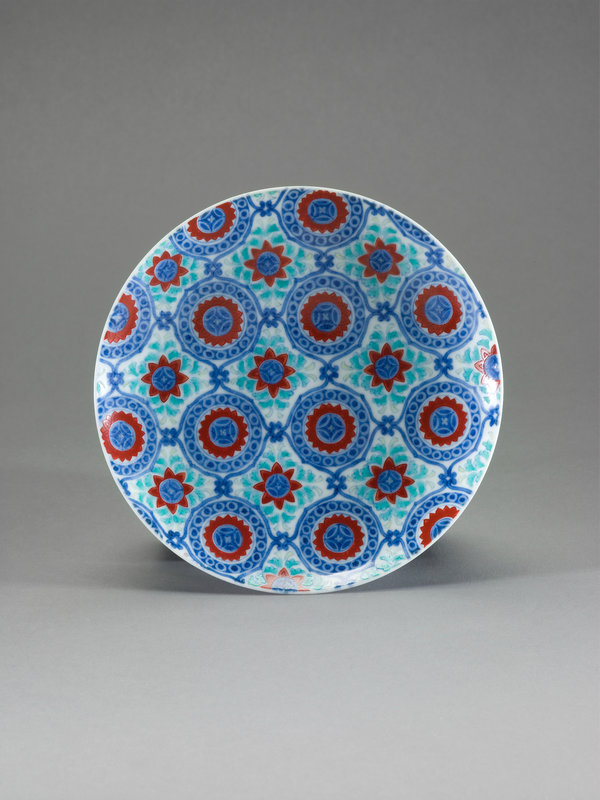
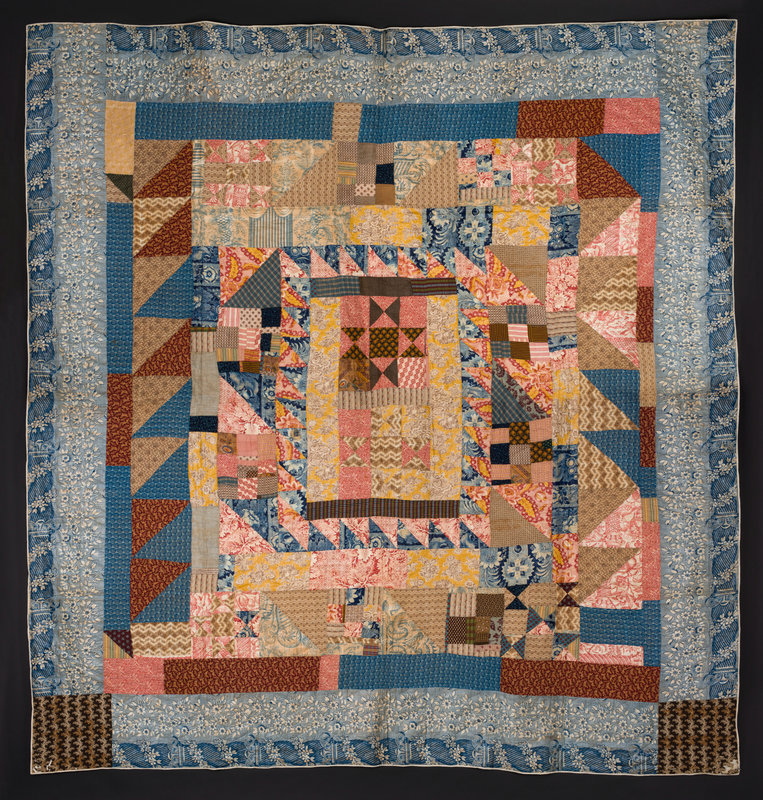

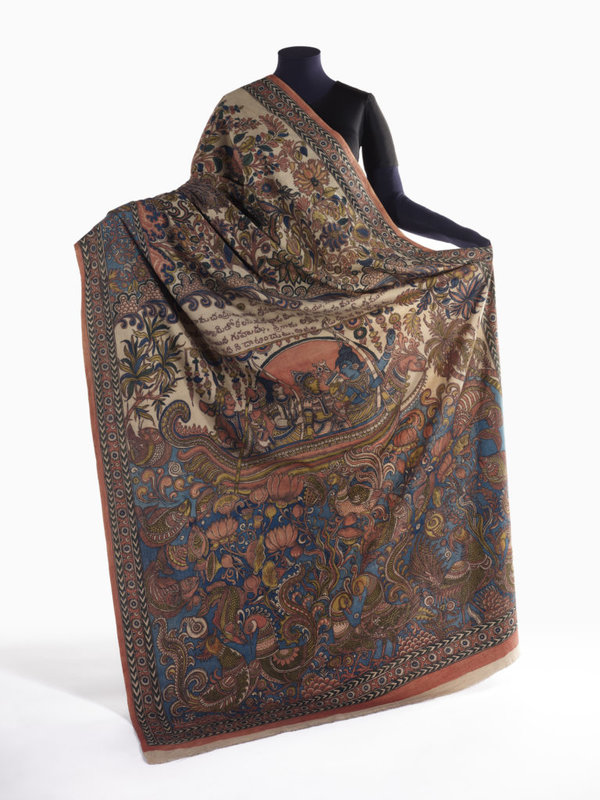
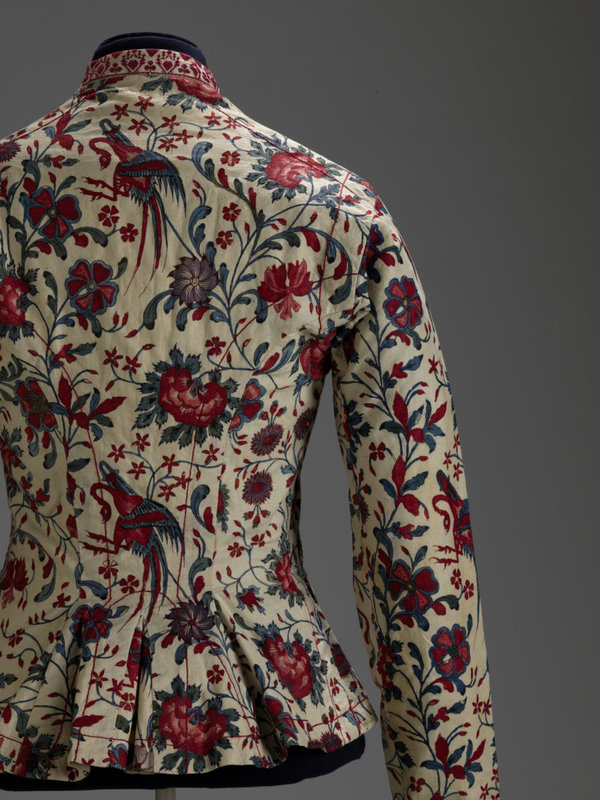
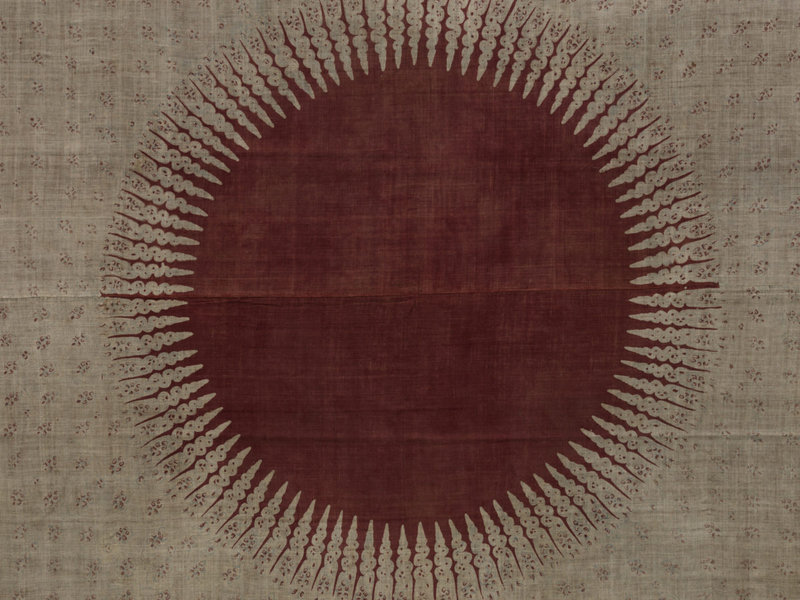



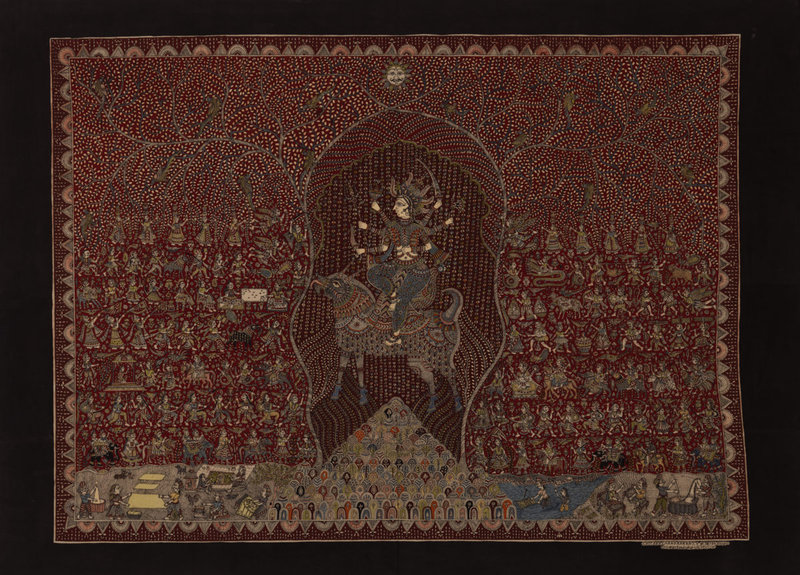
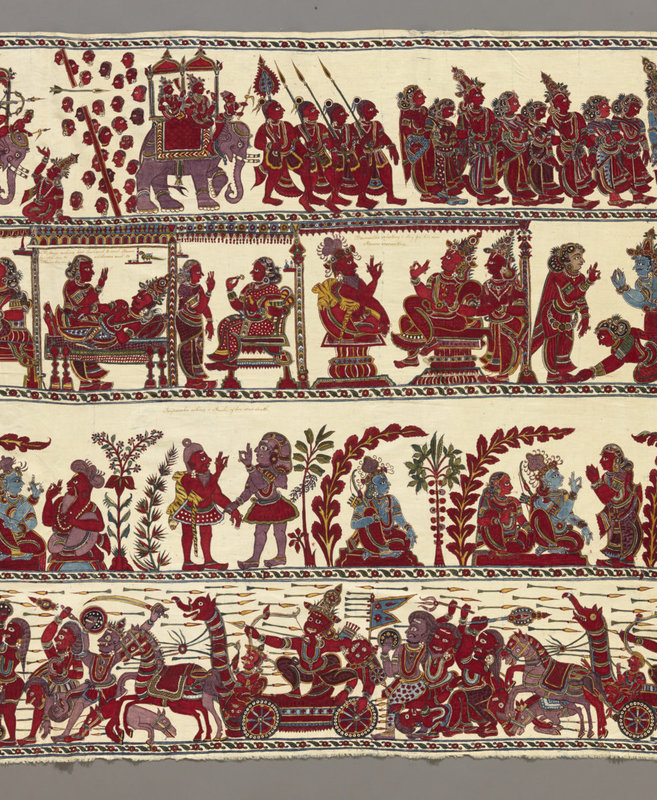
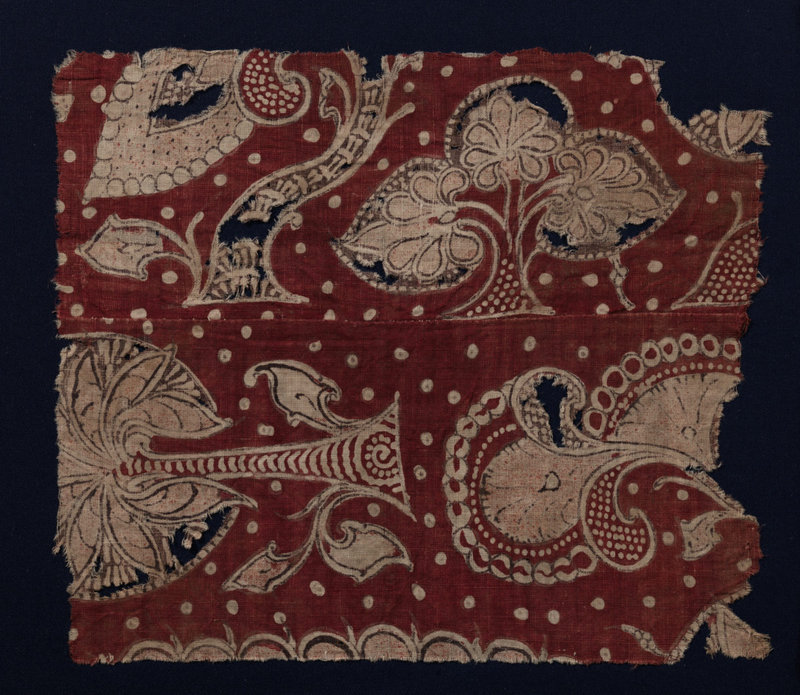



/image%2F1371349%2F20240507%2Fob_6e4c73_telechargement-17.jpg)
/image%2F1371349%2F20240506%2Fob_75d035_telechargement-14.jpg)
/image%2F1371349%2F20240506%2Fob_9d21db_telechargement-10.jpg)
/image%2F1371349%2F20240506%2Fob_456866_telechargement-7.jpg)